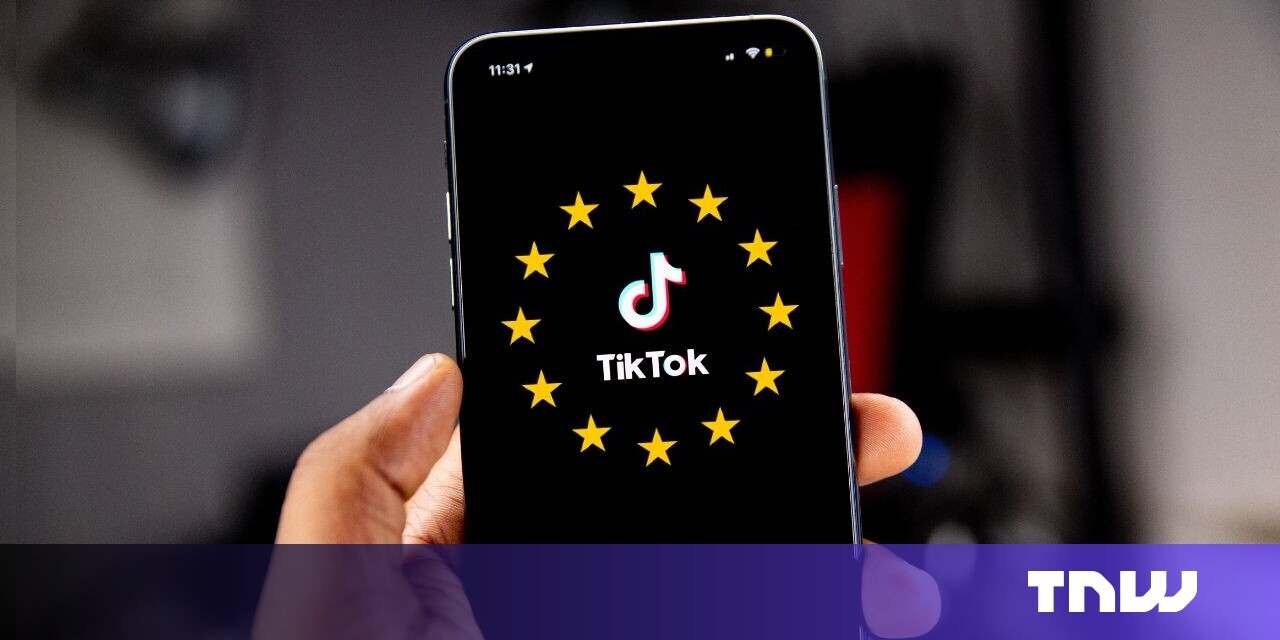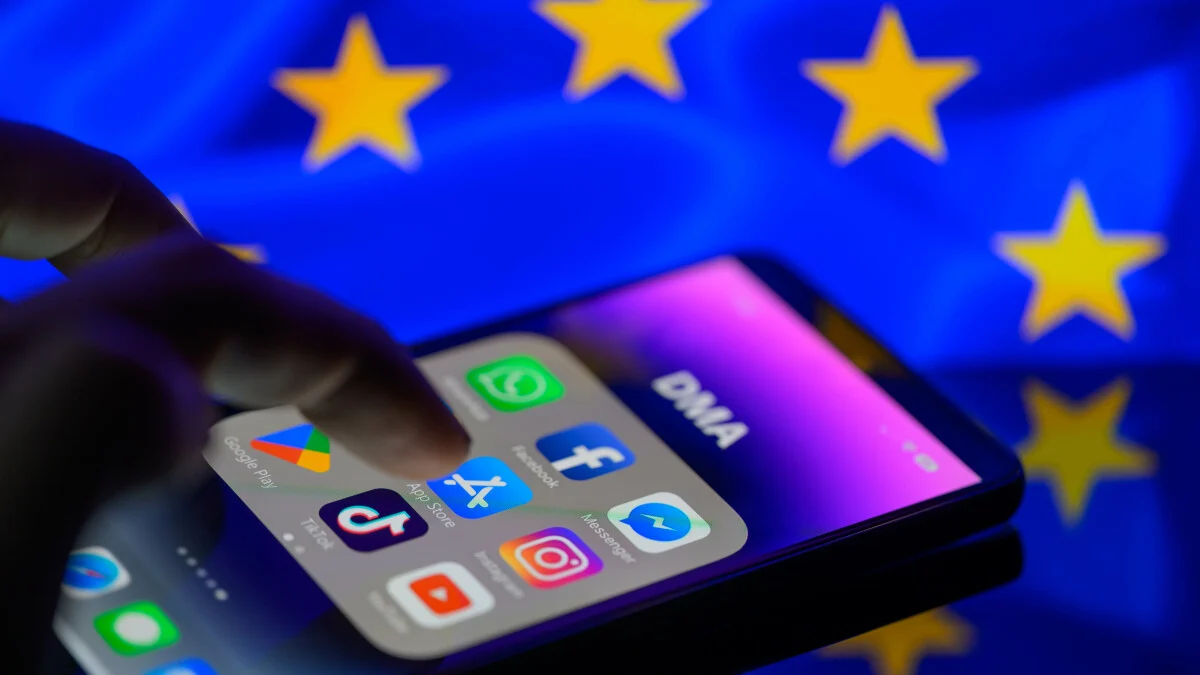苹果 vs. 安卓:创新与灵感的故事🍏 vs. 🤖
过去15年的分析表明,苹果和谷歌之间的竞争促使两家公司都得到了进步
“`html
Android vs. iPhone 15 Years of Competition and Creativity
In the world of technology, two giants stand tall: Apple and Android. With their smartphones ruling the market, it’s hard to imagine a time when these powerhouses weren’t battling it out for supremacy. But as it turns out, their relationship has been a rollercoaster of competition, inspiration, and yes, even a few lawsuits. So, let’s take a nostalgic trip down memory lane and explore the journey of Apple and Android, the very foundations upon which the tech world rests.
💥 Beginnings: A Clash of Titans 🤜🤛
Android, initially its own company, was acquired by Google in 2005. Meanwhile, Apple was already experiencing success with its revolutionary iPods. In 2004, Apple secretly began developing the groundbreaking iPhone. At the same time, Eric Schmidt, then CEO of Google, joined Apple’s board of directors. “There was so much overlap that it was almost as if Apple and Google were a single company,” noted journalist Steven Levy.
In 2007, Apple unveiled the first iPhone, shaking up the mobile industry. Just months later, Google showcased its Android prototypes, drawing inspiration from the iPhone but with its touch of innovation. Steve Jobs, ever the fiery competitor, graveled at this affront to his creation, vowing to destroy Android using every penny of Apple’s $40 billion war chest.
The birth of Android’s first phone, the T-Mobile G1, combined elements from the iPhone and Google’s prototypes, leading the way for a new era of smartphones. Lawsuits were filed left and right, with Apple claiming theft and Google partners like Samsung caught in the middle. These courtroom battles would persist for years, with Apple alleging blatant design copying and Samsung pushing back.
But here’s the twist: Even as their legal teams duked it out, it became clear that both sides were liberally borrowing ideas from each other. 📱
🏋️♂️ A Sibling Rivalry That Pushed the Limits 🎾
Just like the Williams sisters raised their game by battling it out on the tennis court, Apple and Android pushed each other to the limits of innovation. They volleyed back and forth, not only outdoing each other but also fending off other challengers like BlackBerry, Nokia, and even tech giant Microsoft’s ill-fated Windows Phone.
Android took the open-source, customizable route and quickly gained an edge in numbers, while Apple, with its closed ecosystem, focused on delivering a premium, refined experience. But this rivalry has fueled incredible innovation, with features like picture-in-picture, lock screen customization, live translation, and even home screen widgets bouncing between the two sides.
In this game of one-upmanship, it’s often hard to distinguish who started what. Who came up with the concept of removing the headphone jack? Apple did it first, but then Google chuckled and did the same. Did rumors of removing the home button inspire Samsung’s bold move, or were they simply two siblings arriving at the same decision independently? It’s a chicken and egg situation we may never resolve.
🌞 Today: A Dominating Force and Unwavering Resilience 🥊
Fast forward to today, and Android dominates the global smartphone market with a whopping 70.8% share, while Apple sits at a respectable 28.4% (according to Statista). Google’s mass-market approach, making its Android operating system accessible to devices ranging from budget to high-end, ensures its widespread adoption.
Google’s primary revenue stream comes from advertising, and its services like Gmail, YouTube, Chrome, and the Play Store are the backbone of the Android ecosystem. On the other hand, Apple’s closed-shop mentality limits iOS to its own devices, maintaining control over software and hardware optimization. The result? Apple’s iPhones tend to outperform many high-end Android phones, despite seemingly inferior specs on paper.
While Android’s reach remains extensive, Apple’s premium hardware experience and ability to seamlessly integrate with other Apple products give it a unique edge. Apple has built an ecosystem that extends beyond the iPhone, bringing users into a world of Apple Watches, iPads, Macs, HomePods, and Apple TV. This holistic approach is an unbeatable selling point, increasing customer retention and tempting Android users to jump ship to Apple.
🔮 The Future: A Battle for Superiority and Sustainability 🌱
“““html
当我们站在安卓在市场占有率上取得成功和苹果在高端智能手机领域的主导地位之交叉口时,一个问题出现了:未来将会是什么样子?安卓的合作伙伴,比如三星,可能会在市场份额方面占据主导地位,因为他们在各个价格点上有大量设备。不过,苹果对高端市场的牢不可破的掌控让人无法自满。
创新和可持续发展的新战斗正在酝酿中。安卓已经在可折叠手机领域取得了进展,比如三星的Galaxy Z Flip和Z Fold,谷歌自己的Pixel Fold,以及来自OPPO、摩托罗拉和一加等厂商的产品。而苹果则一直在不断完善其硬件,专注于渐进性改进和完美的生态系统整合,同时让可折叠手机无法进入市场。
可持续性将在智能手机行业的下一章中发挥关键作用。苹果在最近的发布活动中展示了其绿色环保的身份,而像Fairphone这样的小型玩家则优先考虑可修复性和回收材料,正在带头推动这股浪潮。随着有意识的消费者寻求更绿色的选择,可持续性可能成为这个不断发展的领域中下一个竞争前沿。
有一点是肯定的:正如维纳斯和小威廉姆斯之间的激烈竞争推动她们走向新高度一样,苹果与安卓之间的竞争将激励它们更具创新力,并继续塑造我们的技术未来。
参考资料: – Link 1 – Link 2 – Link 3 – Link 4 – Link 5 – Link 6 – Link 7 – Link 8
如果你觉得这篇文章有趣,请别忘了在你最喜欢的社交媒体平台分享!让我们继续讨论关于技术世界和苹果与安卓之间的竞争的迷人话题。 📲✨
“`






